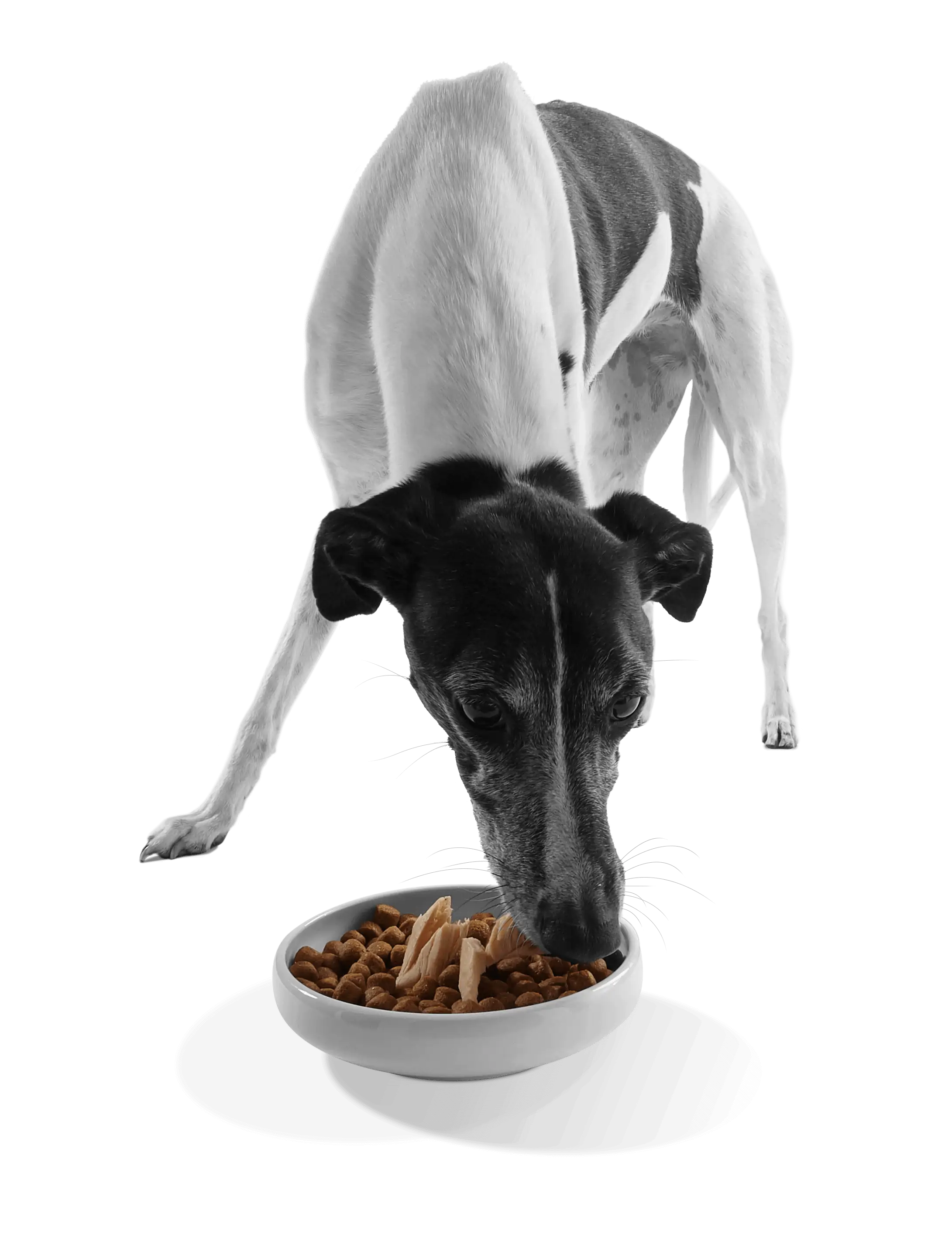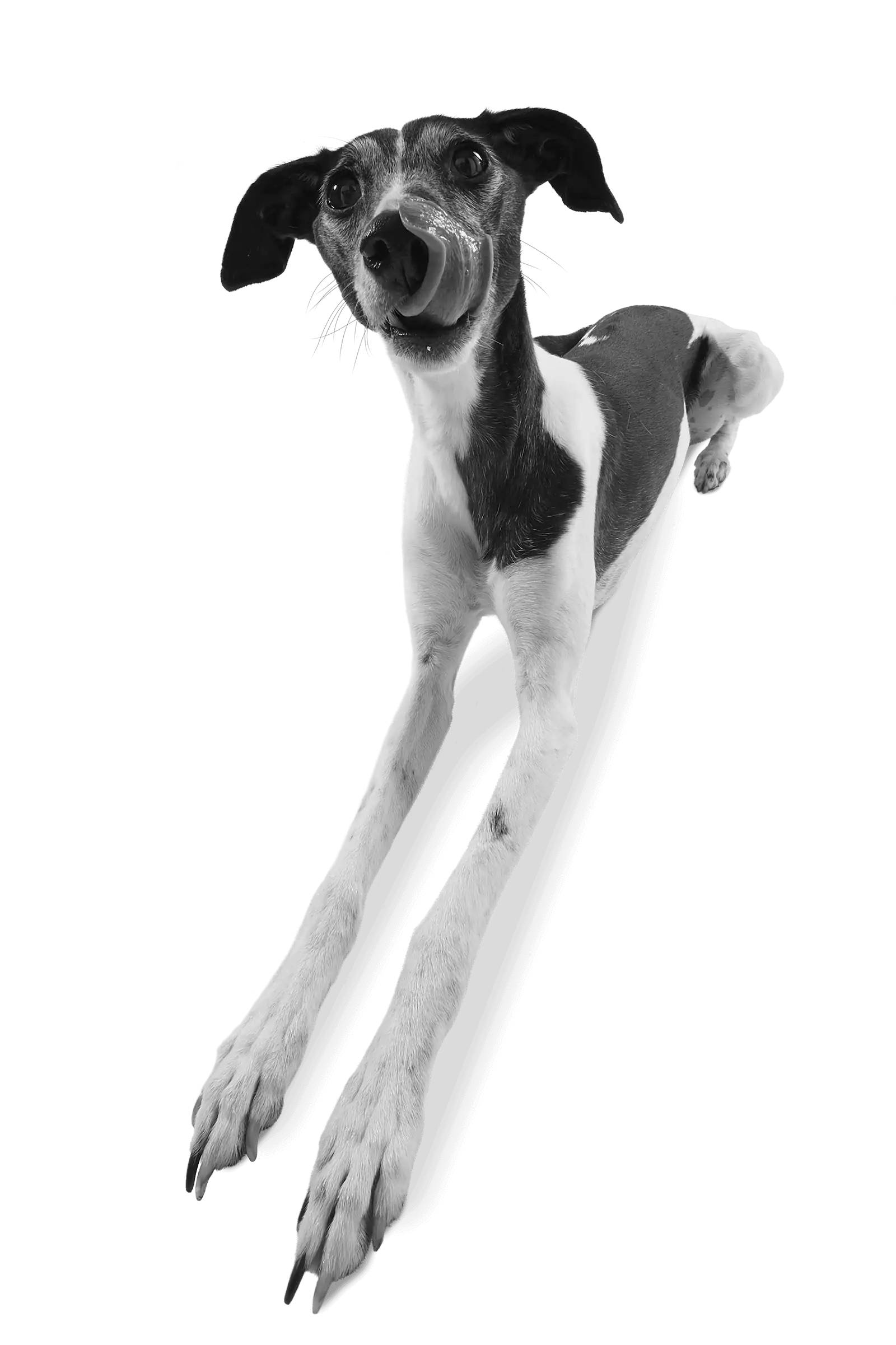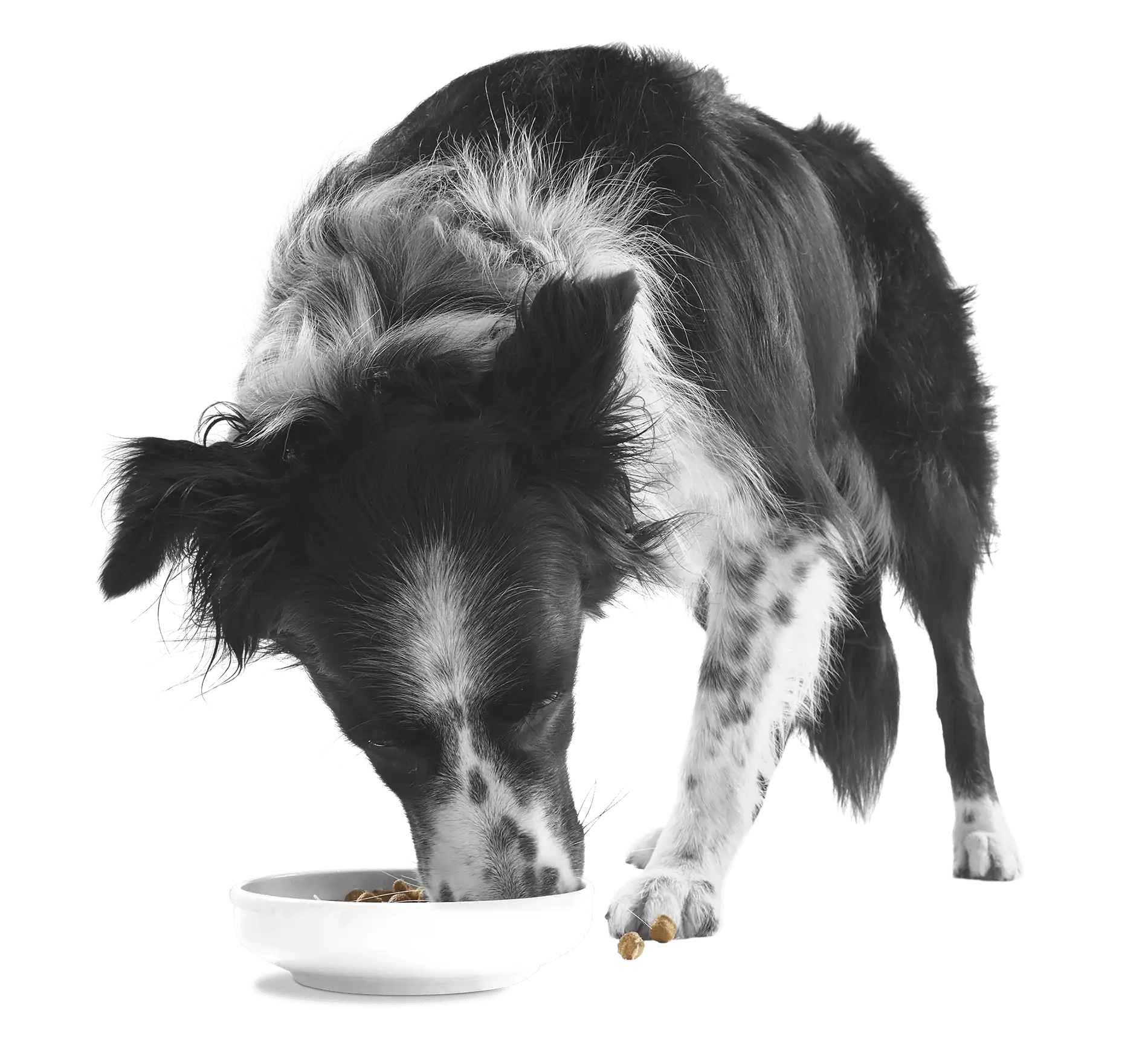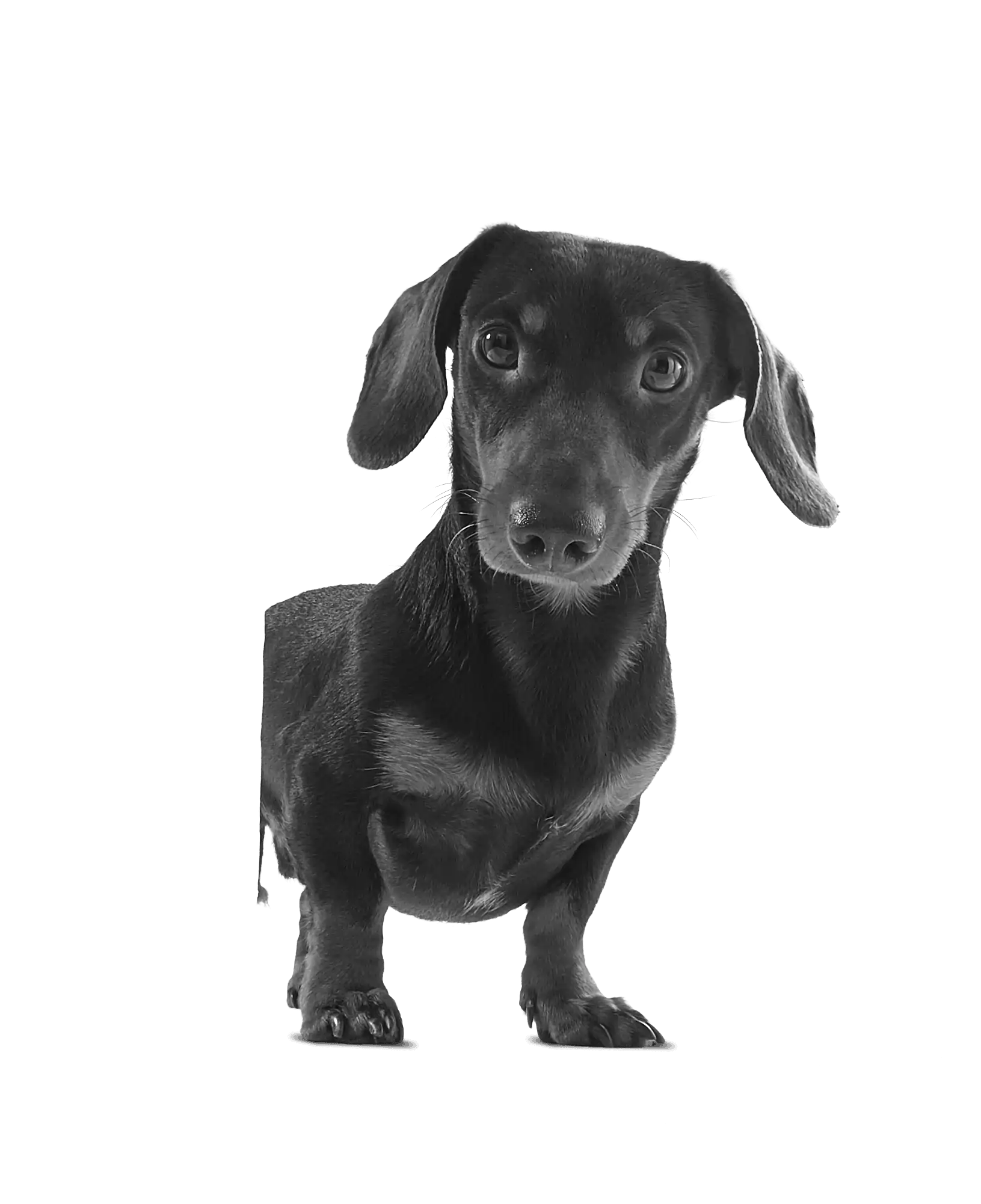Toto, Beethoven, Lassie, Hooch, Wellard, Schmeichel, are all well-known canine actors.
They are proof that not only can dogs act, but they can do it extremely well.
Our four-legged friends won’t win any awards when getting into character and performing on cue at home.
But they’ll certainly get some much sought after sympathy or attention if they’re able to pull the wool over their pet parents’ eyes.
Dogs are incredibly intelligent creatures, and possess an innate ability to absorb information like a sponge.
Most can process commands in the click of a finger. They’ll sit, stay, shake a paw, roll over and dance on request.
So it’ll come as no surprise that our devious dogs can learn how to feign injury in a bid to get their own way.
5 signs that your dog is faking an injury
1. Sudden improvement
Our dogs might think that they’re clever, but they often lack the common sense to completely fool their human companions. One second they’re pretending to limp, the next they’re chasing after a ball or running around with their favourite toy.
2. Not looking
Dogs ‘fake’ injuries to get a reaction or to get their own way. They’ll often exaggerate their ailment while their pet parent is watching, but drop the act as soon as we turn away and it’s no longer serving a purpose.
3. Sporadic symptoms
Painful injuries that make your canine limp and/or whimper don’t tend to come and go. If they’re fine one minute, but seemingly unfit the next, and so on and so forth, then it’s likely that your pup is playing up to the cameras/audience.
4. Repeat performance
Your dog might have tried pulling your leg once or twice before. They might play the ‘damsel in distress’ when they don’t want to leave the park, when they’re too comfortable to get up and go out for a walk, or simply when they’re craving some attention.
5. Body language
Animal behaviourists can pick out inconsistencies in our dog’s body language if they’re being a little bit dishonest. They suggest that whining, pacing up and down, whimpering and averting their eyes are all tell-tale signs.
Fake versus real injury – how can you tell the difference?
Your dog’s demeanour will often tell you everything you need to know.
Dogs are expressive animals – whether they’re happy, sad or somewhere in-between – so their emotions are generally easy to pick up on.
Their mood, behaviour and posture will normally indicate how they’re feeling and whether or not they’re in genuine pain.
Canine’s can quickly slip into character, when it suits, but their art of deception isn’t always as convincing as they might think.
Pet parents know their hairy companions inside out so distinguishing between real injuries and ‘fake’ injuries can be pretty straightforward.
But there will be occasions when it’s hard to tell and you’re in need of a second opinion on your peeved pup.
If you’re ever unsure in these situations, it’s important to stress that you should seek veterinary support. It’s always better to be safe than sorry!
Our dogs do love attention
Our pets are perceptive. They can pick up on things quite quickly and, when they do, they apply it in an incredibly calculated and manipulative way.
Perhaps they did hurt themselves once upon a time – by stepping on a sharp object or landing awkwardly – which caused you to run over, mollycoddle them and make a huge fuss.
Well, dog’s crave that level of love and attention on a regular basis so they’ll try their luck by feigning injury to see if they can get more of that special treatment.
Sporadic symptoms or a sudden improvement will normally give the game away, but their pain and displeasure will naturally be prolonged if they have sustained a genuine injury.
Again, in moments of uncertainty, please contact your vet to have them checked over.
If you enjoyed this article, you will also like:






















